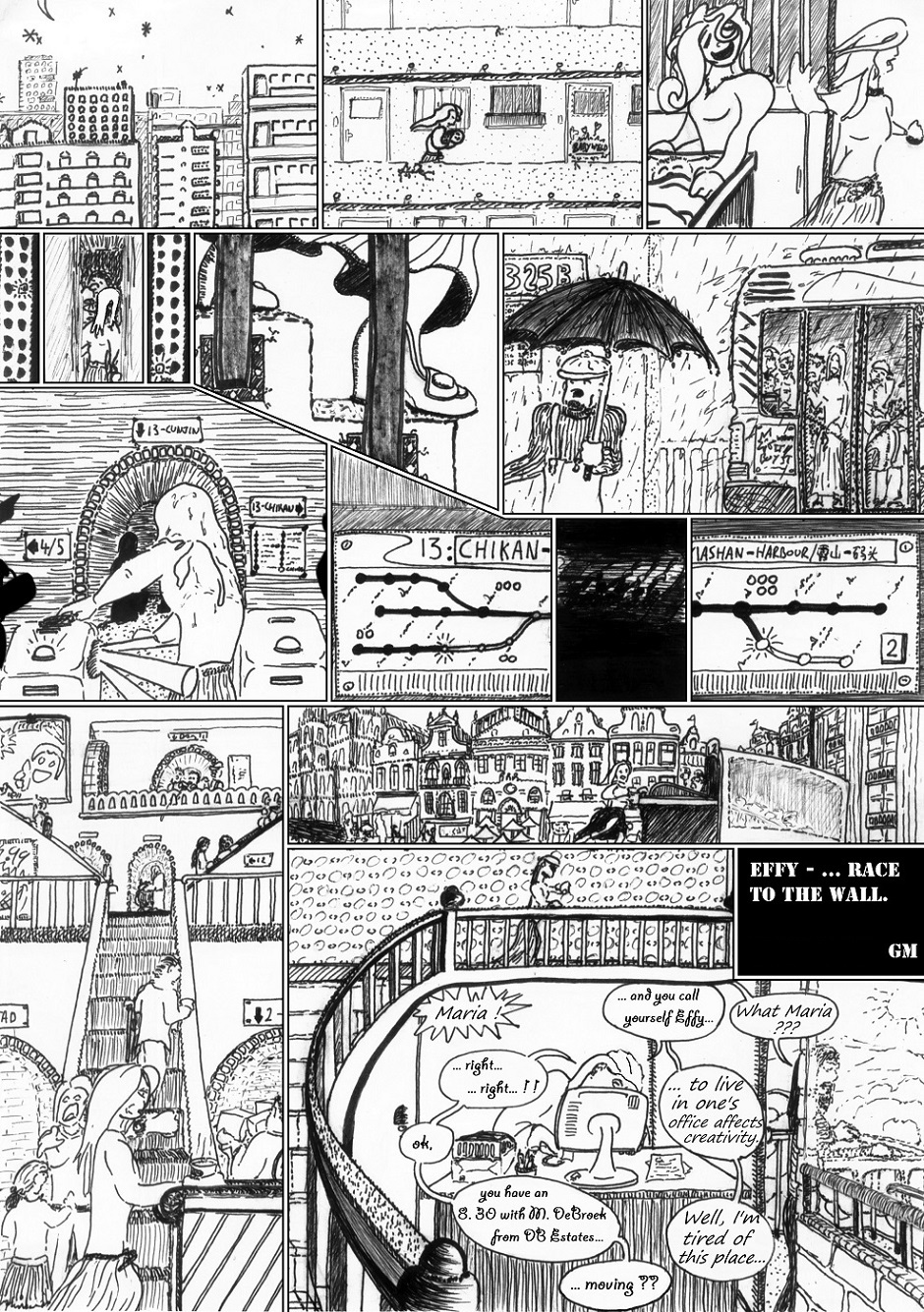Effy’s “Race to the wall” is an ironic contradiction. While some of us run after life commuting, others rely on real estate incomes to run away from city’s routine.
-
Commuting
Where I live in Shanghai, the average commuting time is around 45min one way (source China Daily). So it means that on average, a Shanghai worker spend 1.30 hour every day on transportation alone.
Shanghai is on the high-end, and sometime considered one of the worst city in the world (source Transport Geography 2014). Country wise, Israel, UAE and India tops the list, with around 48min~45min (source Dalia 2018). Japan with 39.5min is on the high end too (source 2015), in contrast, U.S. is around 26.6min on average, with great disparities between New York (33.3min) and South Dakota (17min) (source Index Mundi 2018). Australian have to commute on average 16 km to get to work (source Australian Bureau of Statistics 2016).
From an Effy point of view, time spent in traffic jams (valued around the billion cny per day), standing in sweaty subways or pedaling through town does not produce much value. Commuting time negatively impacts workers life (OECD also include commuting time when assessing well-being); does little for the society as a whole; and can be roughly assumed as wasted!
To fight against such a waste of resource, some locations tried to improve transportation means, developing conventional urban cable car (world bank site) or corridor bus line (DES example), all the way to flying taxi (from Wire) and hyperloop (from Techrepublic).
Some other locations rely on developing the new technologies structure to allow companies to exploit idle time. The objective being to transform commuting into a productive time, with concrete outputs such as doing your groceries (the Korean subway supermarket), emailing your clients, and so on.
Some location reorganized urban space to modify functions by cluster and limit the need to commute altogether. This was for example, the subject of several Urban Best Practice Area pavilions (such as Rotterdam case) during 2010 Shanghai World Expo (Better City, Better Life).
Often, locations use a mixture of all these solutions to limit the effect of commuting time wastage.
-
Real estate prices
In the meantime, rentals and home prices increased around 9% per year on average in Shanghai (source Global Property Guide) for the past decade, which has been ironically above salary hike. Meaning that some people were better off building their worth buying a house decade ago rather than actively working. The situation here in the delta is becoming interesting. In effect, local employees whose parents bought houses twenty years ago are no longer interested in working. The rental incomes are enough to cover their needs. This creates a social group that have difficulties to grasp the value of work. Instead, they value a more inspirational environment that improve their life, away from city center.
-
Where does that leave us?
And so the world goes. Workers multitasking during commuting to gain in efficiency and make ends meet, crosses landlords that are seeking inspiration away from the city. As cities keep growing, the mechanic seems unlikely to stop anytime soon. The process impacting our environment and social inequalities, to a point of possible no return. That is if we haven’t crossed it yet.
But then again, taking Shanghai as example, economists predicted the collapse of Chinese real estate market for decades, and so far it keeps striving. Economists would probably be right one day… even a broken clock is right twice a day.
Constructive comments welcome!
G.M.


[…] 16 – Race To The Wall […]